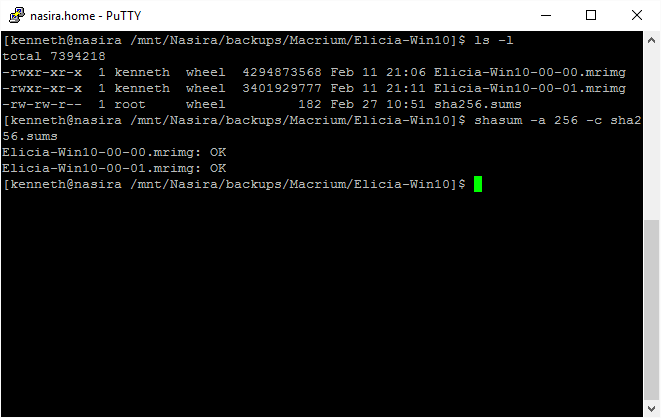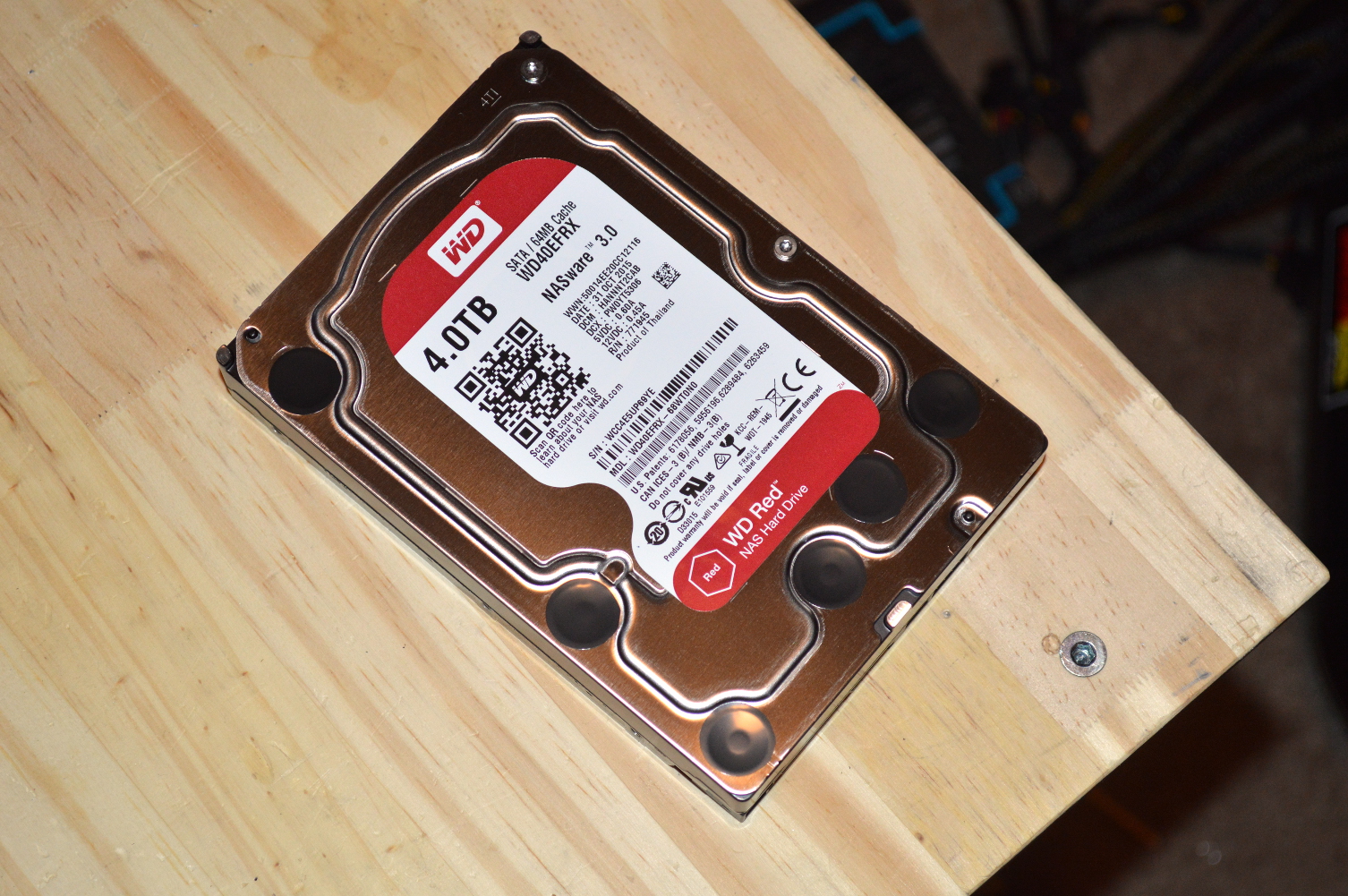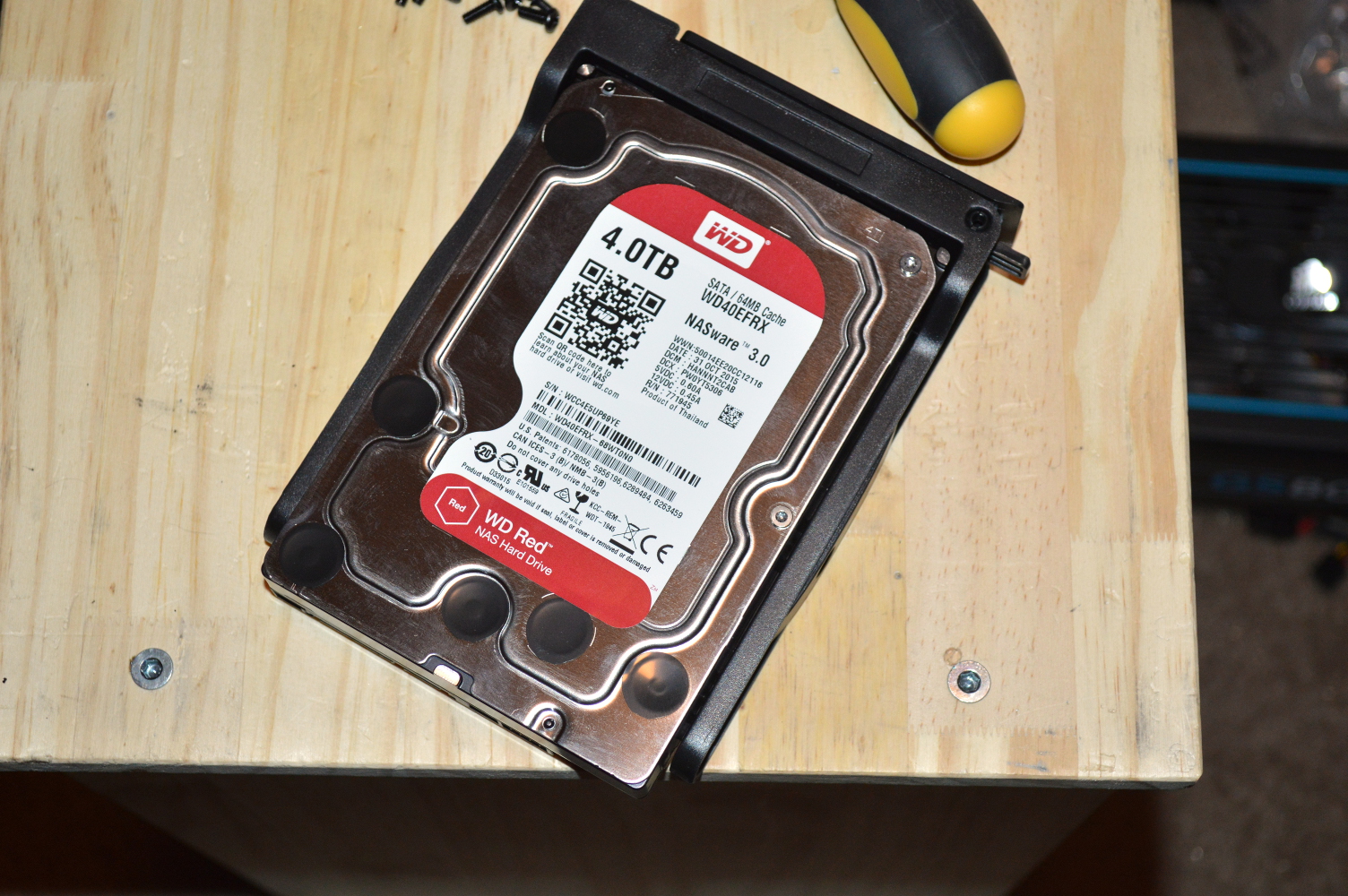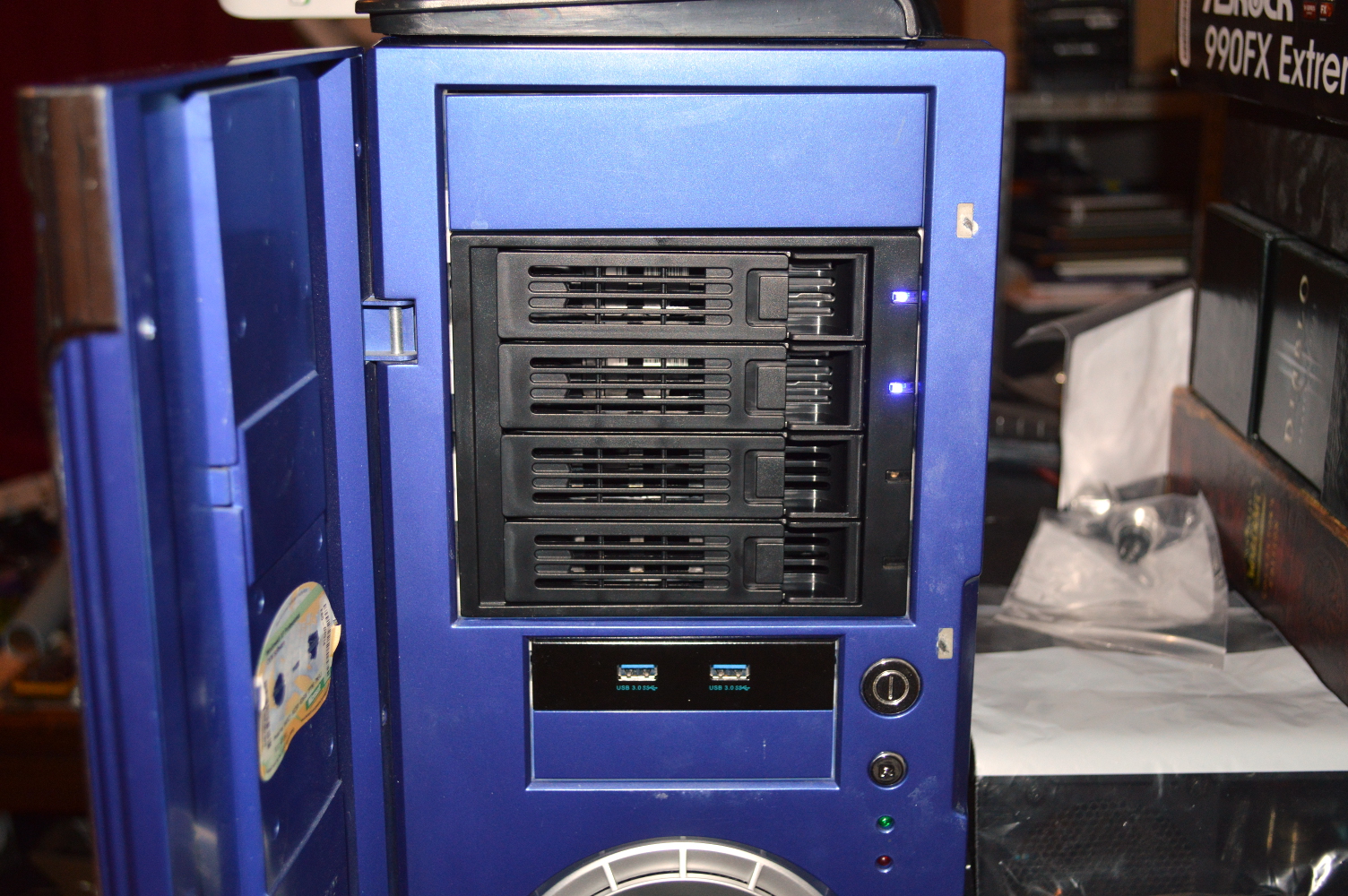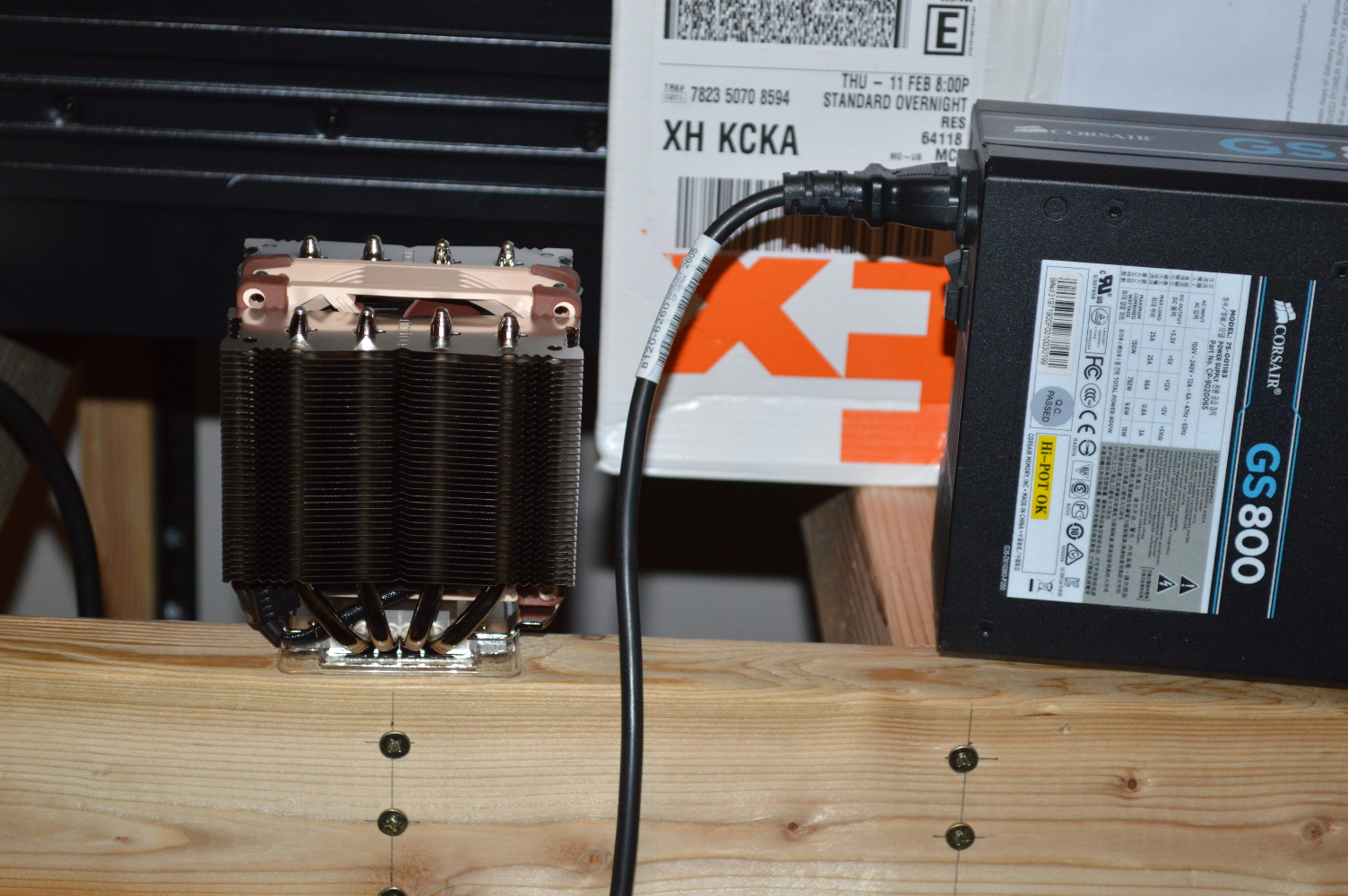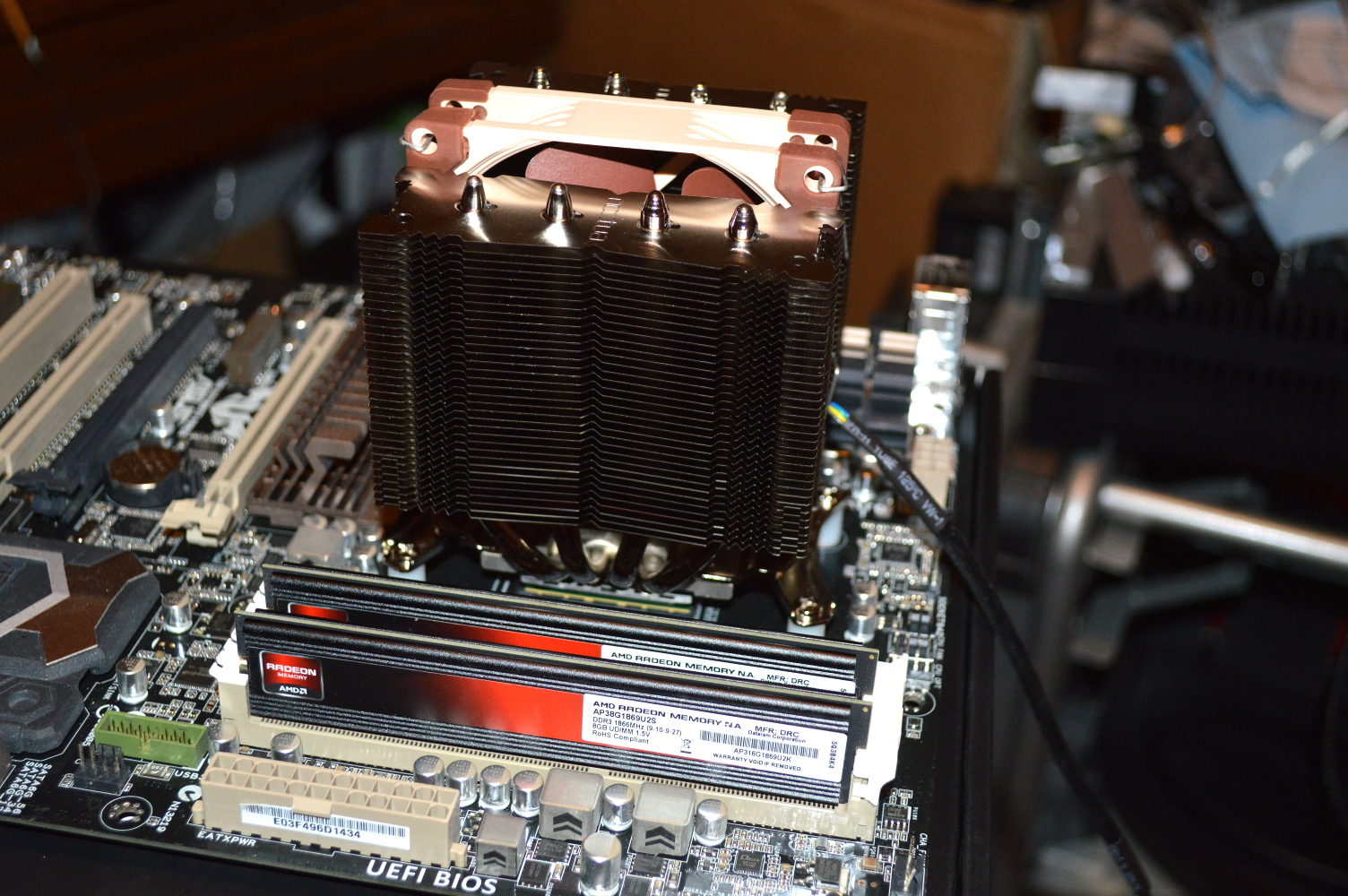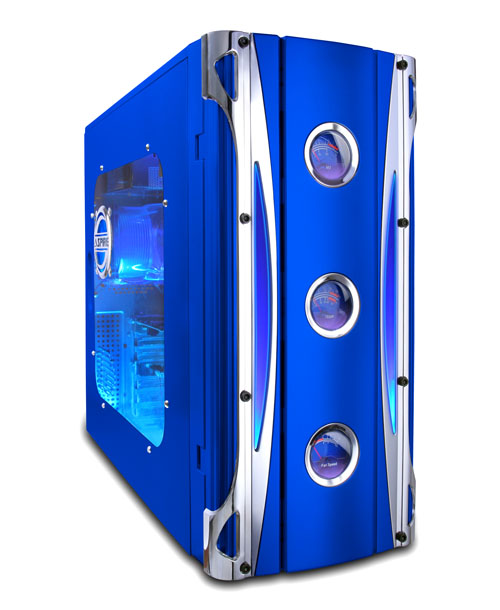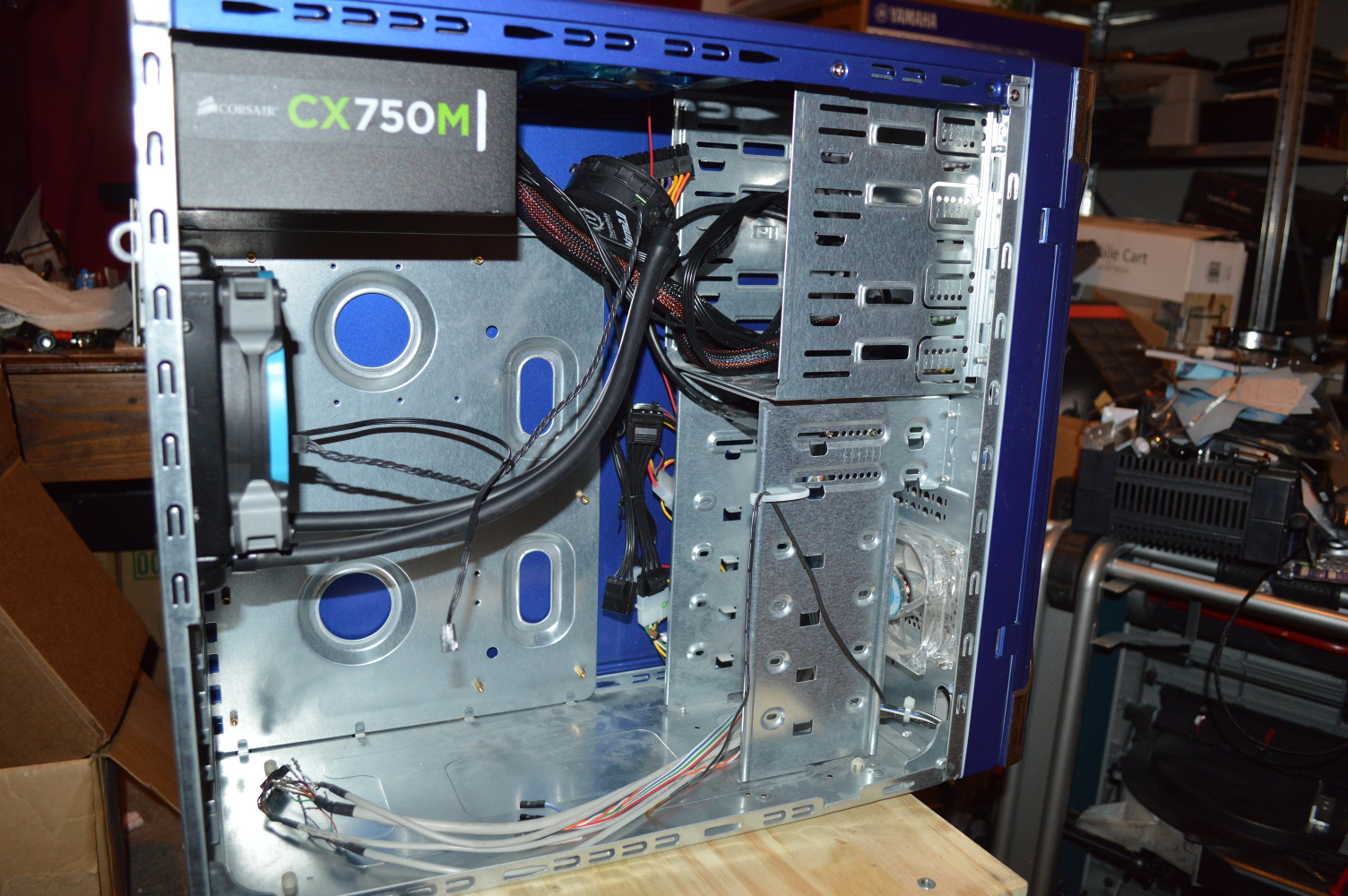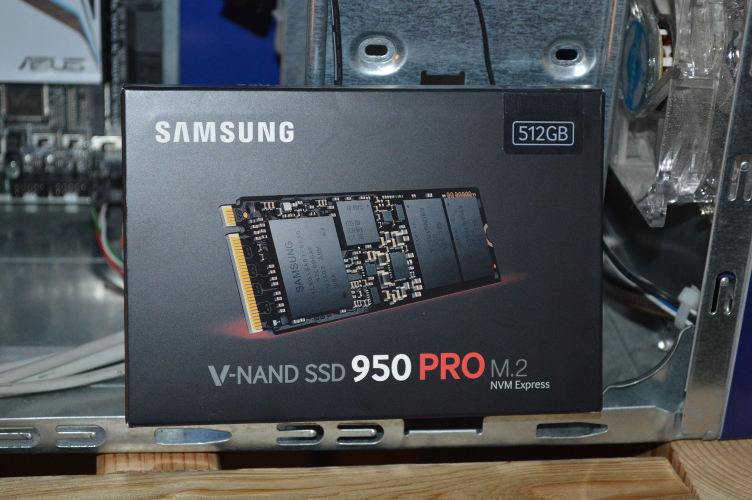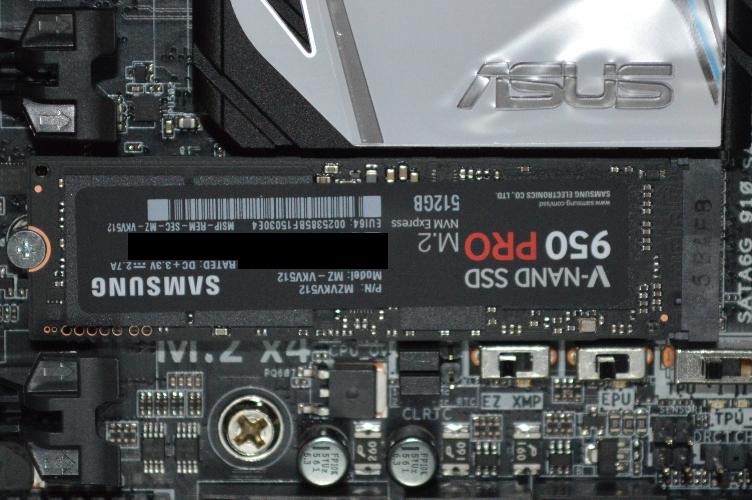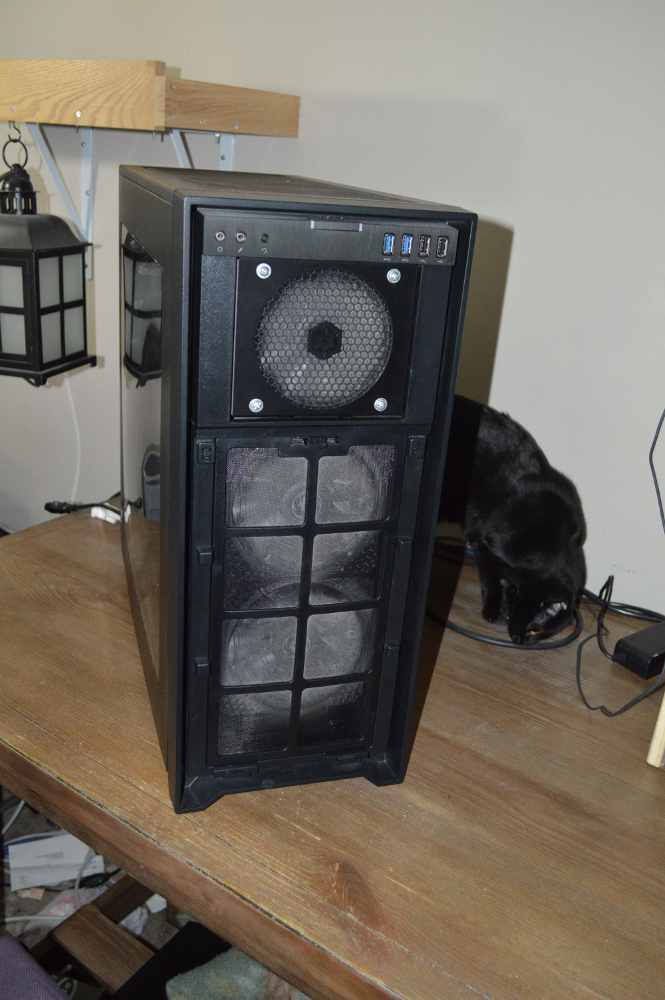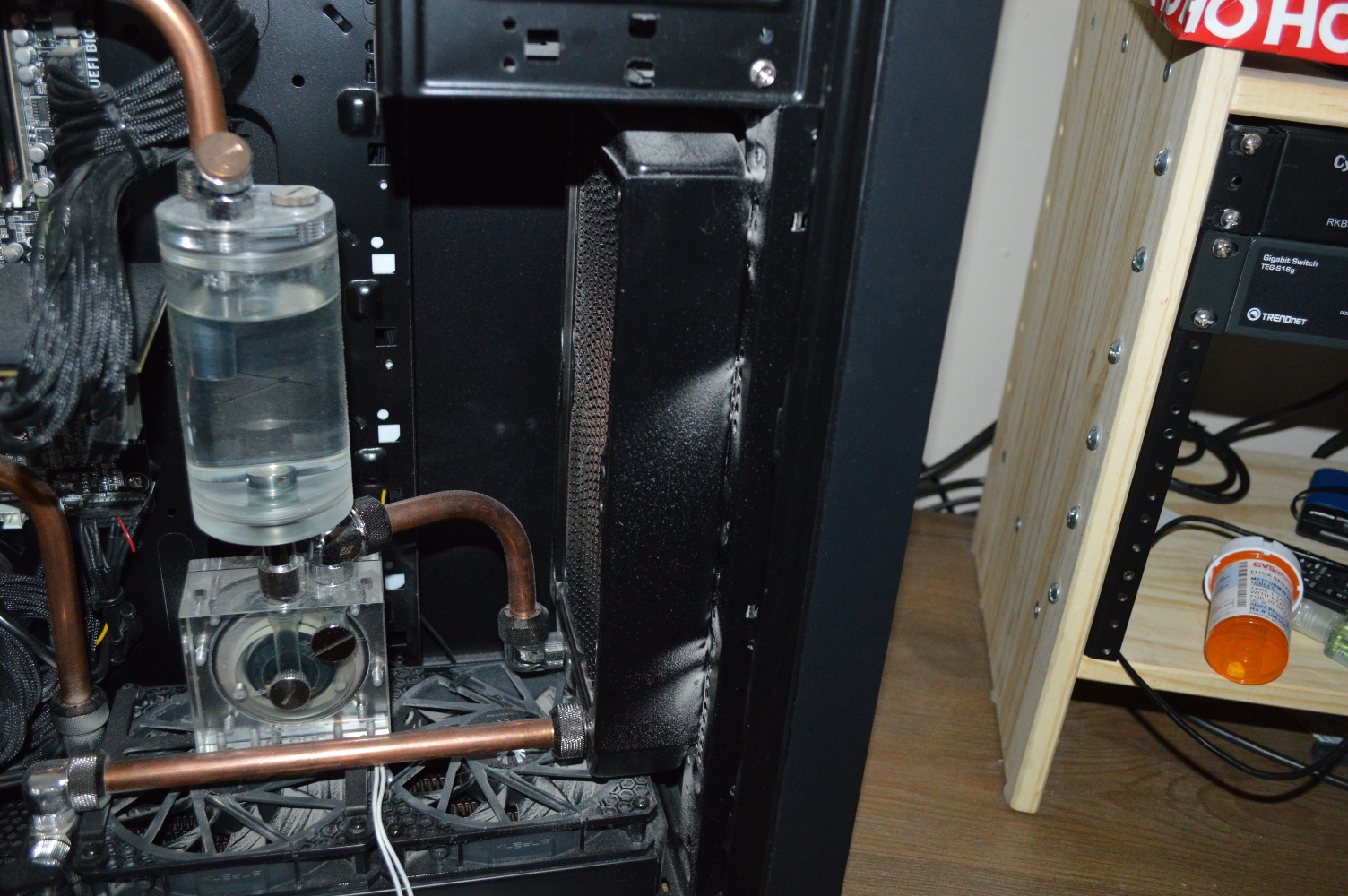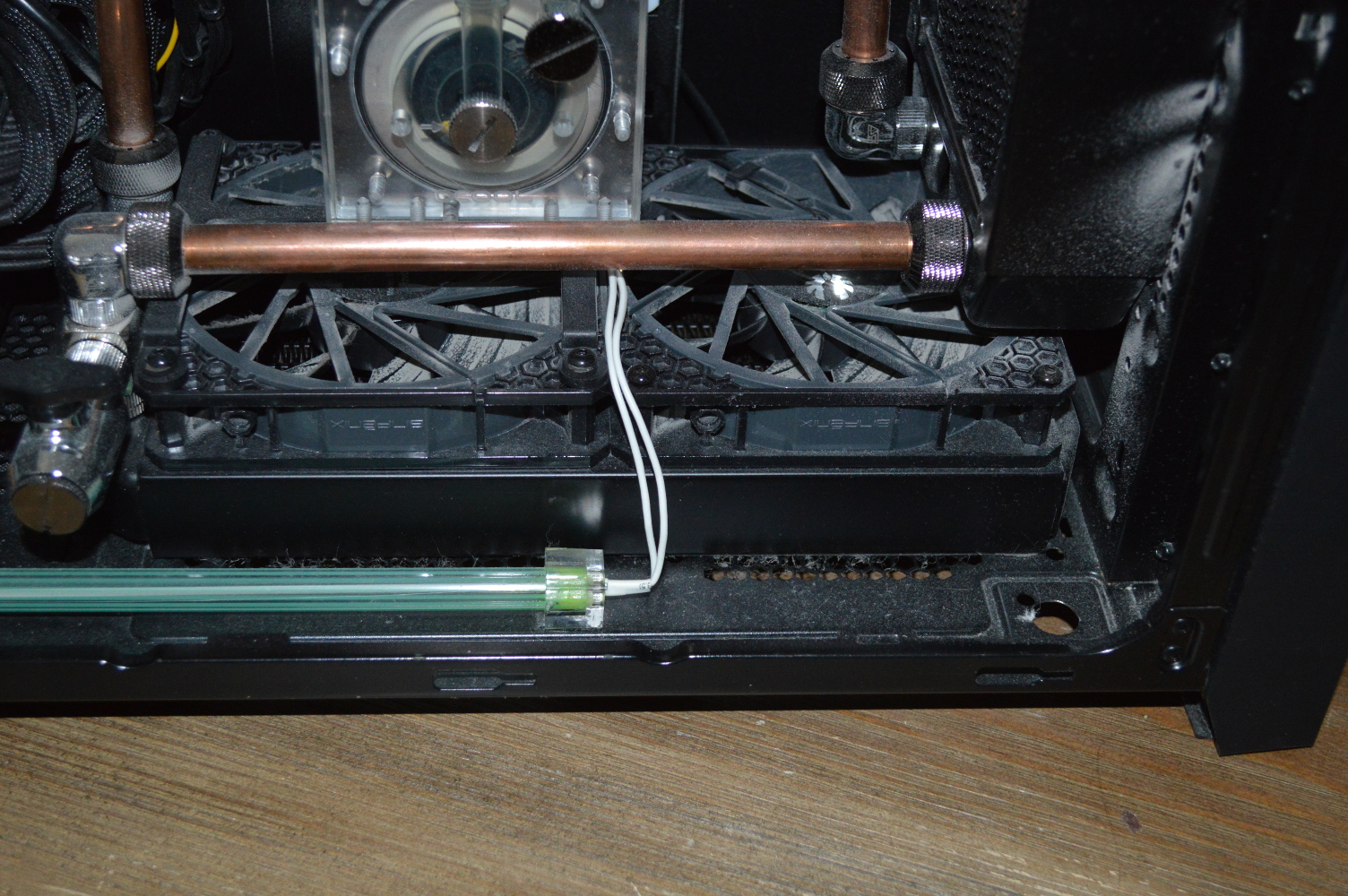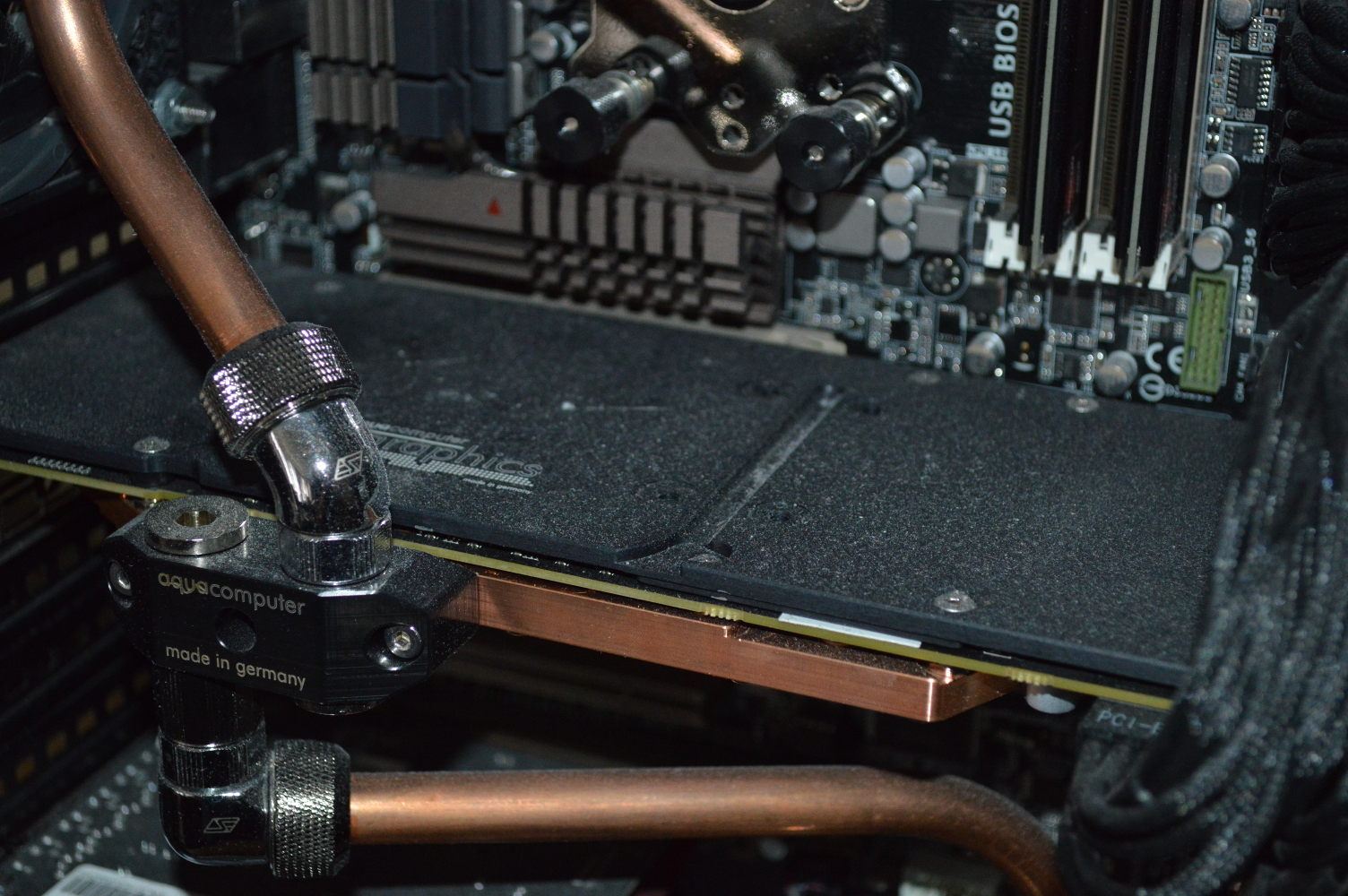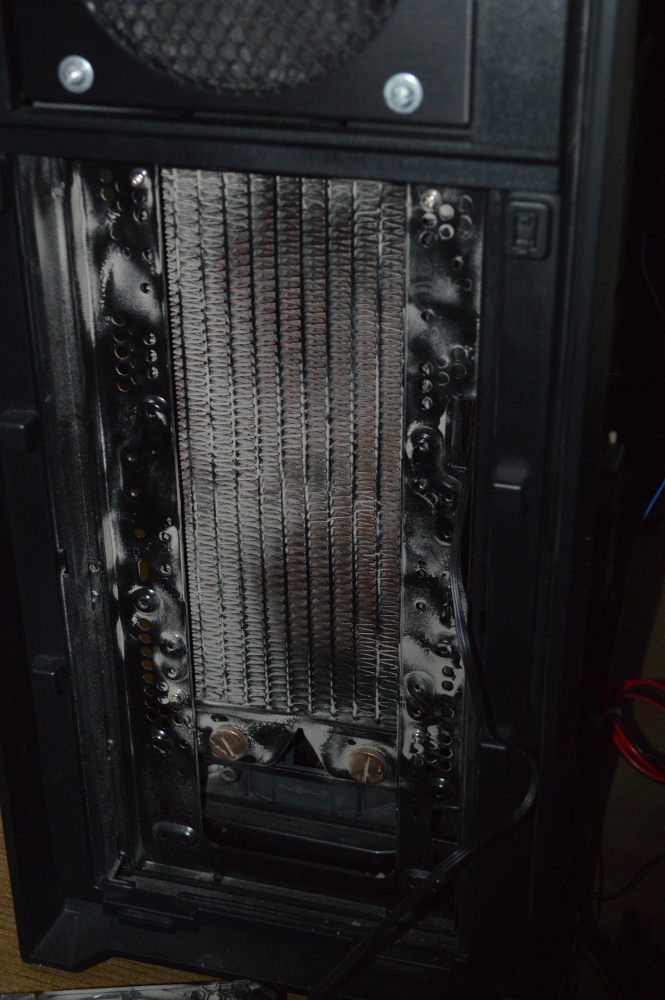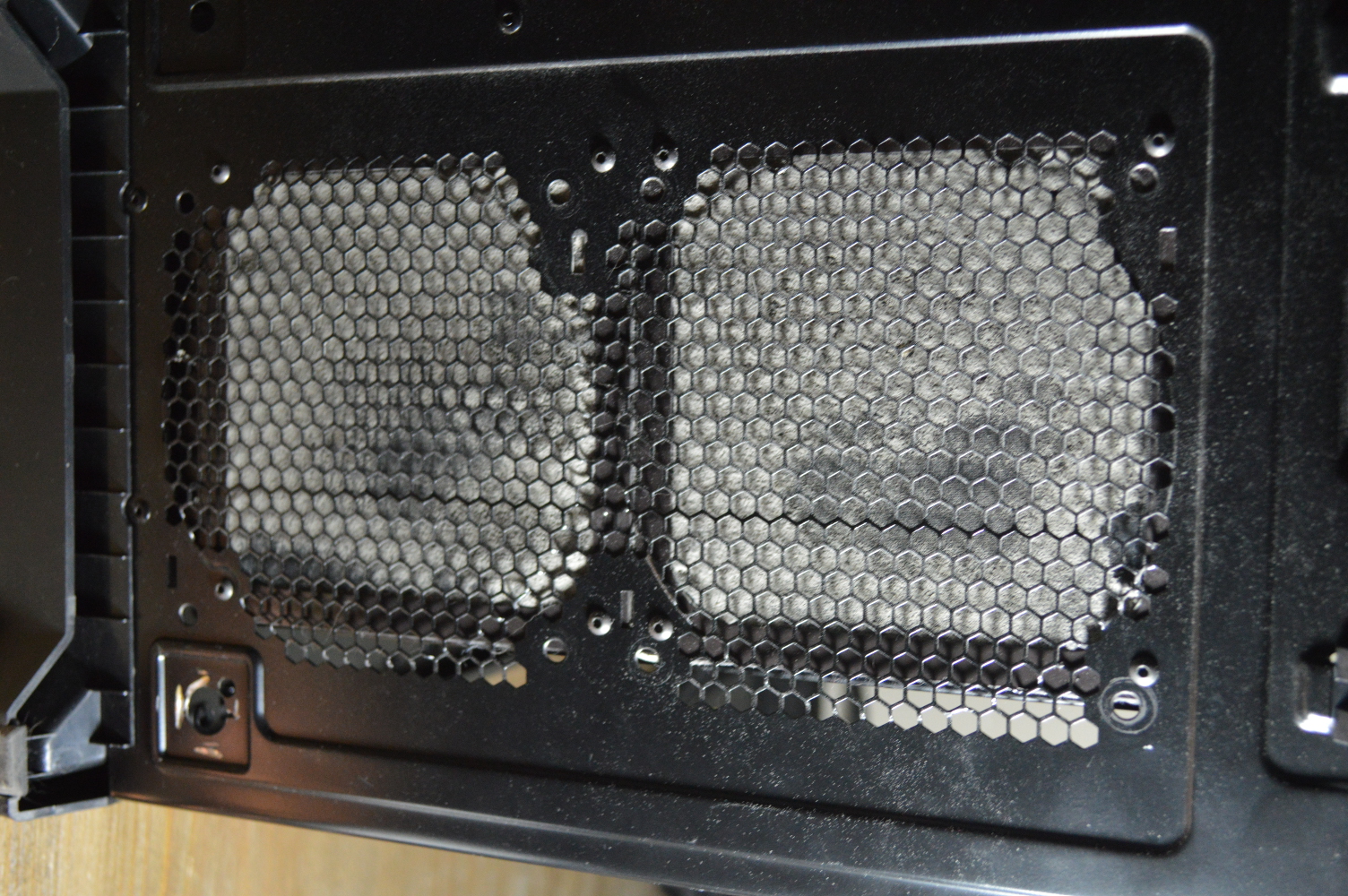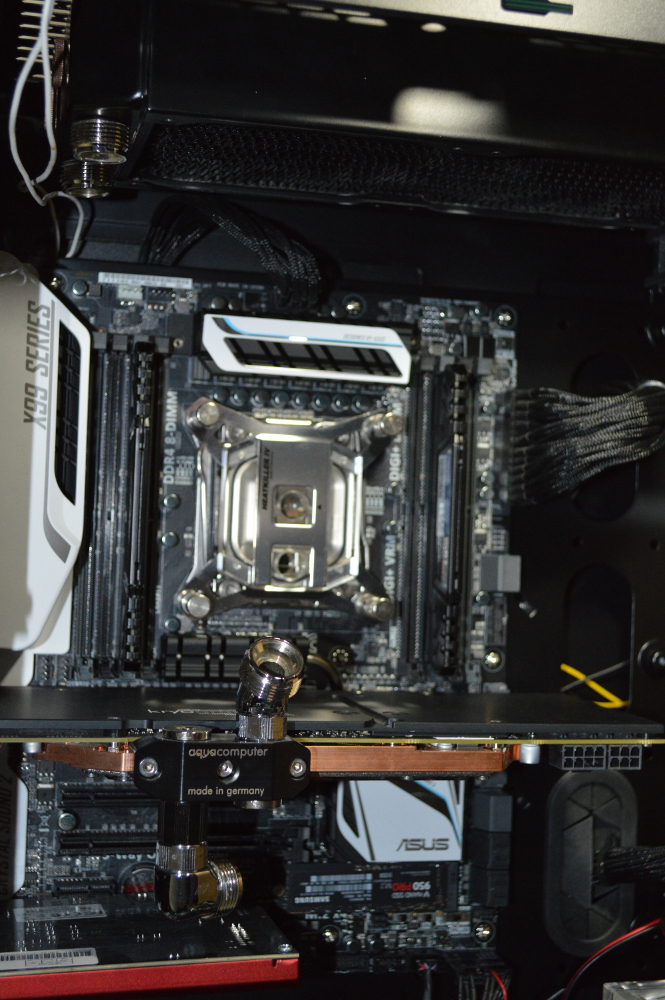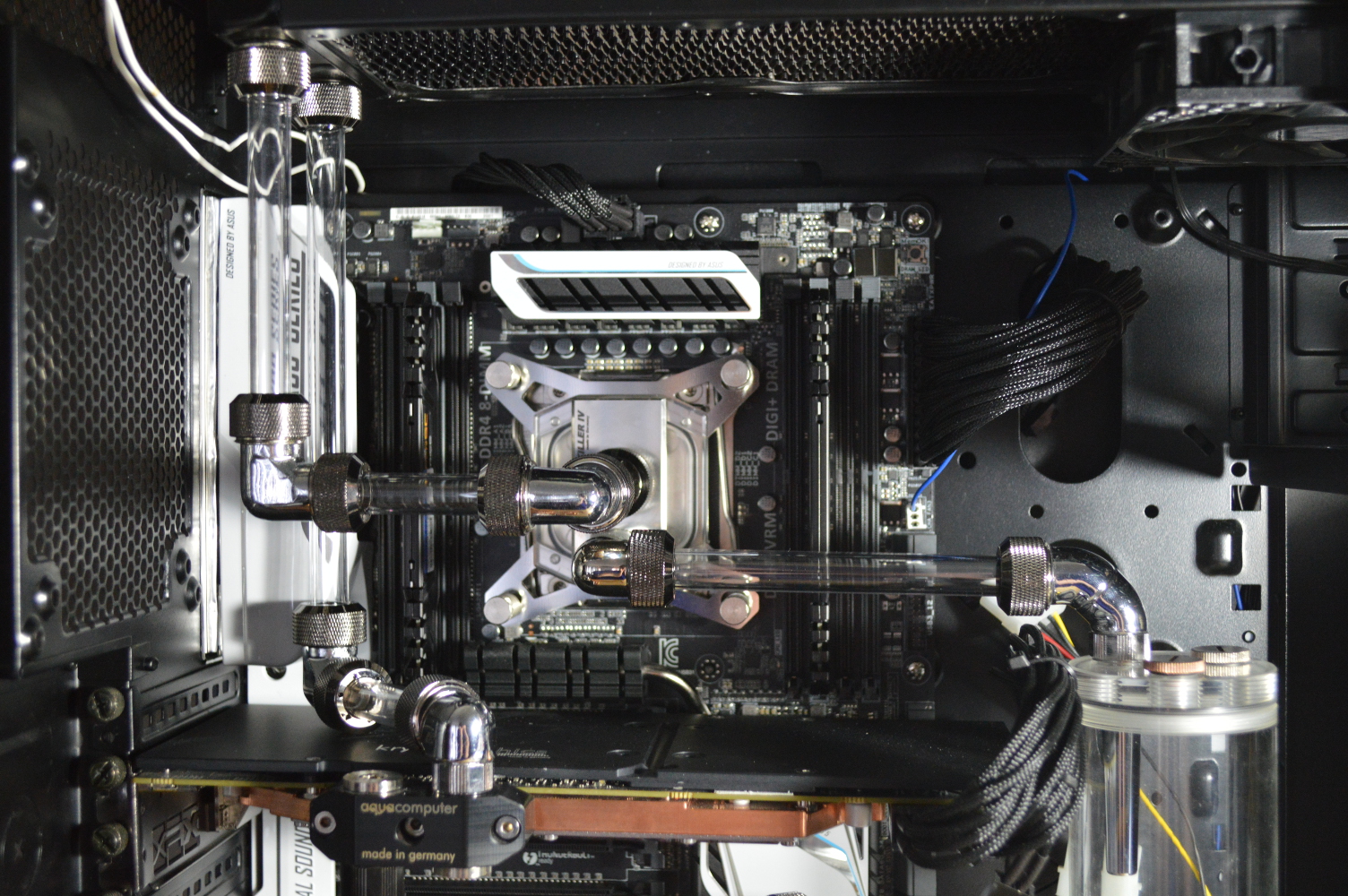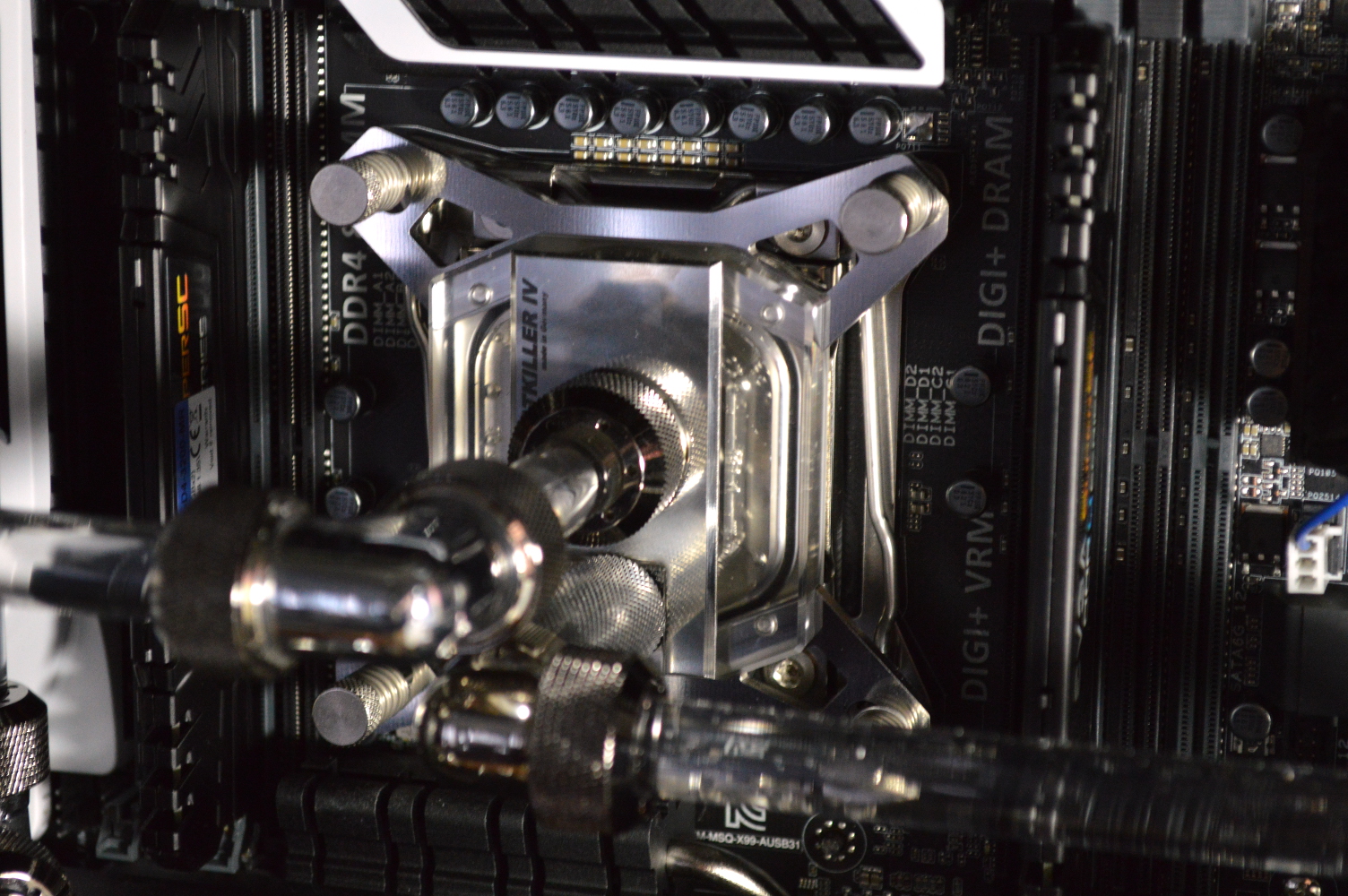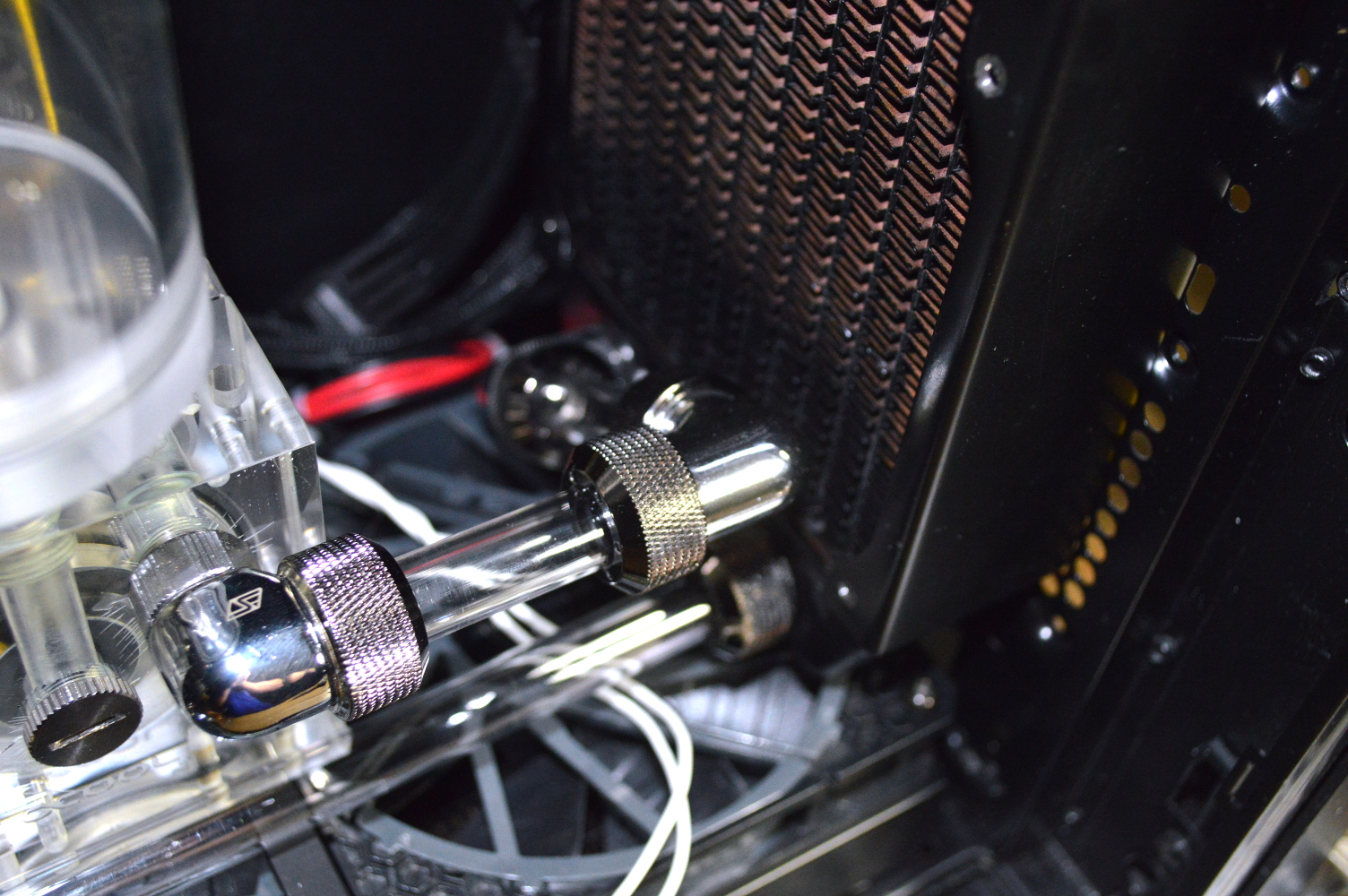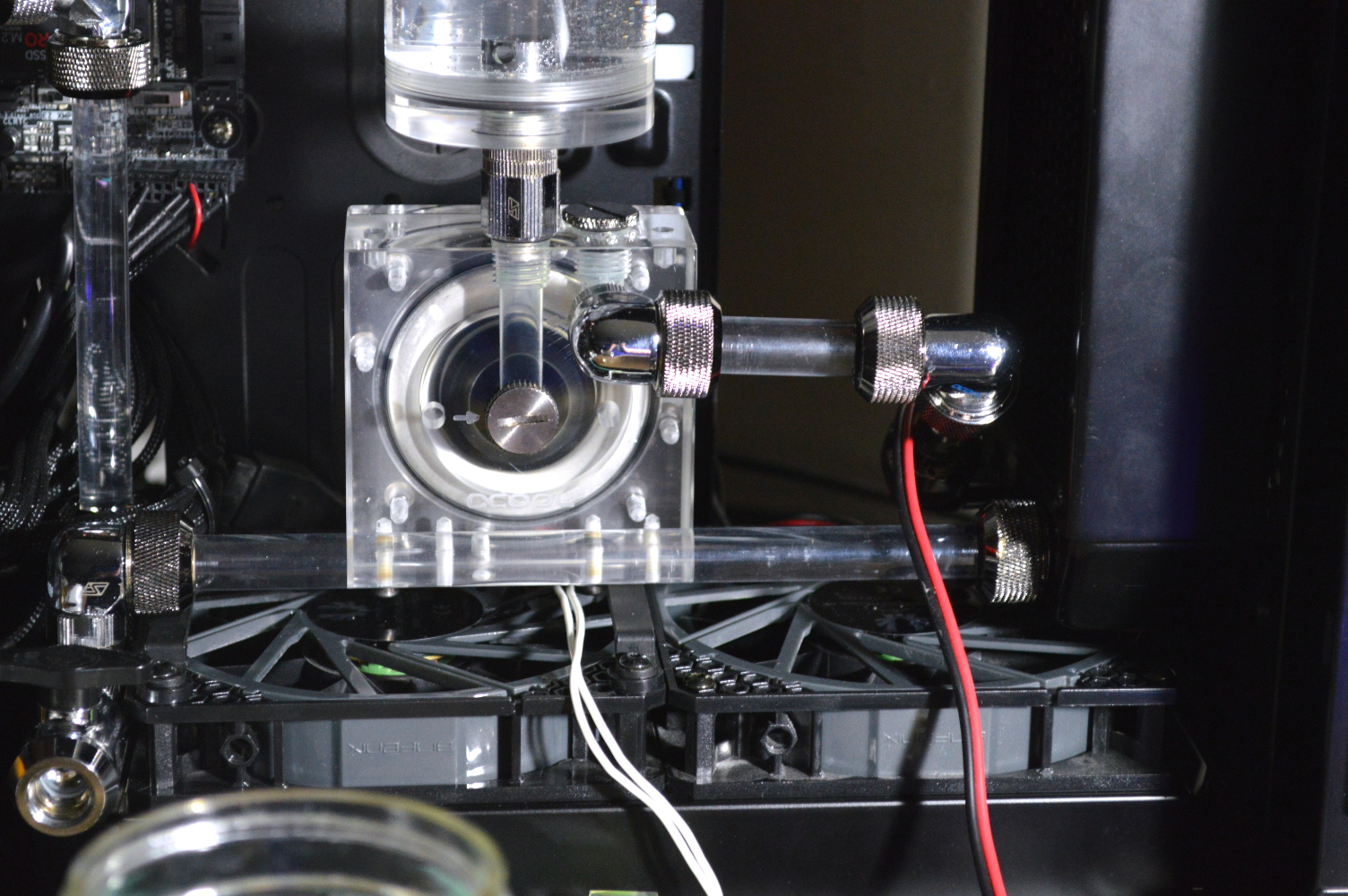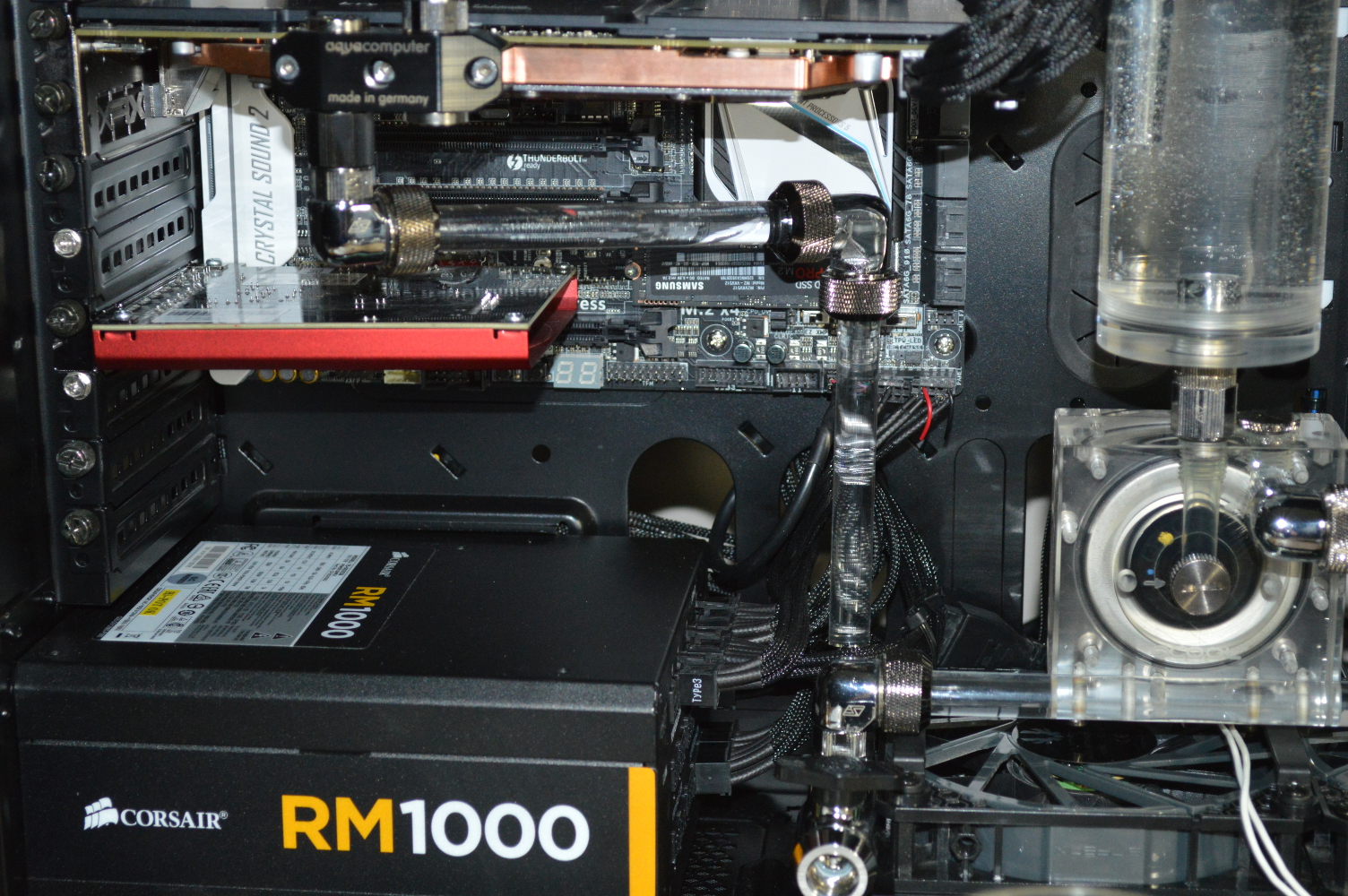I’ve written before about trust and communication in relationships, especially marriage. Yet many articles on marriage and relationships published by popular sites seem to rarely mention it. Infidelity is discussed. How to avoid it, or how to make your marriage/relationship “affair proof”.
Don’t get me wrong, the topic is worth discussing. But I feel infidelity is a sign of an existing problem with a relationship, not a problem unto itself. Infidelity flourishes in relationships where trust and communication are difficult to find. Yet when it comes to relationships and infidelity, people tend to look for easy solutions and easy ways to prevent infidelity, even if they accept that no relationship is immune to it.
Not helping matters is the fluid definition of infidelity and strict definition of fidelity. There is little to no allowance given to the couple in question to have their own definition of infidelity. No two relationships are the same. Each couple can have their own definition of infidelity that strays from the normative definitions — including allowing for what is commonly defined as adultery.
Fidelity means adhering to promises and duties. These can change over time. A partner can release someone from their promises or duties, or renegotiate them. If there is ample communication and honesty between them, there is plenty of leeway allowable while still being able to maintain a prosperous relationship.
With that said, let’s talk about “signs your guy will be faithful” or “ways to affair proof your relationship”. In general they boil down to a few simple concepts while taking away the need to think about and pay attention to your marriage and relationship. Checklists you can use to determine how “affair proof” your marriage or relationship is. Provided you’re honest with yourself about how applicable the points therein are. They also tend to make the analysis all about him without affirming that infidelity can come from either the guy or gal, husband or wife. While men may be more likely to cheat than women, women aren’t too far behind.
Let’s look at one such list as an example. This one comes from YourTango: “If your guy does these 15 things, he’ll always be faithful“. Always? Really?
1. Your partner keeps his/her word in other areas.
Again, fidelity is adherence to promises and duties. If they make a promise, do they keep it? And if not, was there a justifiable reason for it? Does he promise to replace the garbage disposal but instead spend the money elsewhere?
But this one is a given: if you cannot trust their word, can you trust them?
2. The person likes your friends but keeps a respectful distance.
The article clarifies that “Researchers found that nearly half (45 percent) of men and more than one-fourth (26 percent) of women are attracted to friends of their partners and are tempted to act on it.”
If you’re attracted to his or her friends, be honest about it.
There is nothing wrong with the attraction. Indeed there is little if anything you can do about it. You can lie about it. You can lie to yourself about it. And you can lie to your significant other about it. And I think the reason most people lie about it is out of fear their significant other will think they are attracted to the friend more.
I have female friends from college and earlier in my life with whom I keep in touch on Facebook, and sometimes I’ve said in response to photos “I’m a married man, I’m a married man” or “Dammit, why won’t this [wedding] ring come off my finger?!?” I’m just being playful. At the same time, whenever my wife has seen them, she finds it amusing. She knows I’m not serious. But she sees right away that I do find the person in question attractive. And she doesn’t care!
But at the same time, your significant other saying one of your friends or family is attractive/hot/sexy should not be intimidating. Don’t act in a way that gives the impression it intimidates you — such as by asking trapping questions like “Do you think she’s hotter than me?” Don’t assume that the attraction means he or she will stray.
3. Your partner does not keep secrets.
I am drawing a line here. We all have secrets. Little ones. Big ones. It is not necessary, nor practical to tell your partner everything. Indeed there may be some things, such as past events, that you may not even want to disclose to him or her for legitimate reasons.
But there are certain areas where you do not want to keep secrets, two of which are finances and sexual history. Disclose anything that can have a direct impact on your relationship, but not until it’s relevant. For example, if you’ve only been dating a month, it’s not necessary to mention that you have had a repossession or foreclosure. If sex is not yet a consideration, then there is no reason to mention a past treatment for an STI due to a one-night stand you had in college.
When you do mention these items in your history, though, bear in mind your partner will question you about them. Don’t be evasive. Don’t be willfully dishonest.
Quoting the article, “small secrets can blossom into big ones”. We hear all the time how secrets can destroy relationships, but I disagree. It’s not the secret or the small lie that destroys the relationship, but a pattern of secrets and lies. One secret or lie can be the seed of that pattern, but only if you let it.
4. He/she is aware of the danger zones.
“High-way to…. the danger zooooooooone!” Sorry, just had to… If you have no idea what that’s from, you’re living a sheltered life.
This might as well have been titled, “He/she can control him/herself”. Quoting the article, “For instance, business trips are particularly troublesome: 36 percent of men and 13 percent of women said they gave in to temptation on a business trip.”
Again, though, this comes down to self control. When you can trust yourself, there is no “danger zone”. If you cannot trust yourself, or don’t feel you can trust yourself, you need to evaluate why. At the same time, I wouldn’t let this be one of those secrets you keep from your significant other, either.
5. Your partner has extinguished old flames.
Again, this comes down to self control:
Many people look back on past relationships with fond memories, and some even maintain friendships with past loves. But wise individuals guard against too much interaction with an ex. That’s because 32 percent of women and 21 percent of men who admitted to acting on sexual temptation said it was with a former boyfriend/girlfriend.
If you cannot talk with an ex without thinking about hopping in the sack, you need to curtail your communication.
6. Your love is invested in maintaining a friendship, as well as a romance, with you.
Obviously the health of a relationship requires more than just attraction and wanting to woo each other. You need to be able to live with each other, so you’d better have more going for your relationship. The initial lust and “butterflies in your stomach” will wear off, so you’d better make sure there’s more there to maintain the relationship.
But there’s nothing wrong with having a purely physical, monogamous relationship. If you want more than that, both of you need to build that. This requires a mutual understanding, which requires this little thing called “communication”. If you want more but he or she is fine just hooking up for sex and doesn’t want more than that, then you need to accept that. Sure he or she may decide they want more, but don’t force it.
7. The individual maintains proper boundaries with coworkers.
Again, this comes down to self control. Depending on the coworker or colleague in question, ethics concerns may arise as well, along with the possibility of making for a less-friendly work environment.
8. He/she feels appreciated.
This requires communication between you and your partner. If you don’t communicate, you cannot know that there is any loss or lack of appreciation. And if you don’t know a problem exists, how can you solve it?
9. The person is not a narcissist.
The only concern I have with this item is how much gets labeled as being narcissistic that isn’t. Being “self-aborbed” isn’t necessarily a bad thing, so long as that isn’t a primary quality. We all get self-absorbed, self-centered. We act as if the entire world doesn’t matter and that only we are important. It’s when that becomes a common trait that problems can arise.
If your partner seems to have become self-absorbed or self-centered, hopefully you’ll have developed a level of communication with each other that you can voice the concern and discuss it, figure out why it’s cropped up and what can be done about it.
10. Your partner knows the importance of a satisfying sex life.
Again, communication.
A couple years ago, I responded to a woman who created a list (yet another freakin’ list about relationships) of things to not buy a woman for Valentine’s Day, one of which was a “sexy” costume. What caught me wrong is that her significant other gave her such a gift, and she took it as a sign that he was unhappy with their sex life.
The only way to know that you are not happy with your sex life is to talk. And you need to be open. Very open. I said this in my response: “Sex should be a topic you can discuss without feeling any kind of embarrassment, being discrete where necessary of course. Even a notion as simple as buying a bottle of personal lubricant from Wal-Mart should be easy to discuss.”
And later in the same: “If you are genuinely unhappy with your sex life, unsatisfied in what you are getting, then dialogue must be opened. After all, your significant other won’t know that you’re unhappy unless you say you are unhappy. And if you are unhappy, there are plenty of suggestions of what can help once the root of the problem is found – which can really only occur with an open dialogue.”
Knowing the importance of a satisfying sex life is quite different from having a satisfying sex life.
11. He/she doesn’t have an excessive need to be admired and liked.
How do you define “excessive need”? Everyone needs appreciation. Everyone wants to be liked. Some much more so than others. This speaks a little toward the narcissism mentioned earlier.
But if you don’t feel you have an adequate level of appreciation from your significant other, communication is your best friend on that. If you feel your significant other downplays major accomplishments, talk about that. It could be that you are inflating how important such an accomplishment might be. Or he or she may show her appreciation in ways that aren’t so overt.
For example my wife shows her appreciation for my skills in selecting parts and building her a gaming computer by, well, gaming on it and enjoying it.
12. At the appropriate time, your partner will be completely open about finances.
This speaks to point no. 3 about keeping secrets, and contradicts it in a few ways:
Since money disputes are the number one cause of divorce, psychologists have coined the term “financial infidelity,” in which individuals deceive their partner with hidden debt, secret credit cards, and undisclosed shopping sprees.
This goes both ways: not only must your significant other be open with you, but you must be open with them.
My wife knows the current status of our finances. I disclose large purchases to her, and we plan out these things in advance where possible. Smaller purchases my wife knows she can make without much of a problem.
We plan large purchases. And when I make them, she knows beforehand. When she makes a large purchase, I know about it as well. We anticipate it, plan for it. Though I manage all the finances, which gives me a hell of a lot of leeway to be secretive, I can’t do that or we’ll end up back in the same financial hole we climbed out of about 2 years ago, a climb that took 4½ years.
13. Your lover doesn’t flirt with anyone but you.
Quoting the article, “Flirting or checking out other people is disrespectful to you, and disrespect is a step toward unfaithfulness.”
No, no, no, no, and NO. Oh, did I say “NO”? Because I mean to say “NO!!!” See my previous point about being attracted to others, because it applies here.
Flirting is defined as acting amorously without serious intentions. This means that if there is any motivation behind the flirting, it’s not flirting. It becomes seduction at that point. And seducing another while you’re in a relationship, regardless of whether it results in sex or any kind of physical contact, is the problem. Flirting is not seducing, so stop equating it as such.
“Checking out” others is natural. He’s going to look. She’s going to look. Don’t deny it. Don’t treat it as a problem. Showing any kind of attractiveness toward another is not a sign that he or she will stray.
Flirting is harmless. I’m a natural flirt. My wife will attest to it. I flirt with other women all. the. time. Even in front of my wife, I’ve flirted with waitresses and other women. It happens. My wife doesn’t try to suppress it by chiding me for it for one simple reason: she trusts me.
Too many people equate flirting with sex. Flirting is not about sex. It shouldn’t be about physical contact of any kind. Flirting is purely about fun. It can lead to more, if both allow it, but that isn’t the motivation behind it. Most women with whom I’ve flirted I have no interest in getting into bed.
If you see him or her flirting with someone, don’t jump to conclusions. Don’t intervene either because then you are getting territorial. The same if you confront him about it — “Why the hell were you flirting with her?”
For example, let’s say you and your significant other are at a bar, and you notice he is flirting with the female bartender. If you assume he is trying to get her number, you have the problem. If his flirting with another woman offends you, then you are the one with the problem. And if you confront him on it, you will demonstrate that you have the problem.
14. The person is realistic, knowing no one is immune.
Quoting the article, “One of the biggest dangers is thinking ‘it could never happen to me.’ Approximately 69 percent of people who cheated never considered it a possibility before it happened.”
And a lot of those who were cheated on likely never thought it could happen either. Absolutely no relationship is immune to infidelity, and it is naive to think such. Even relationships that could be cast as “perfect” or “happily ever after” could break from infidelity. While there are ways to lessen the likelihood he or she will stray, the likelihood will never be zero.
At the same time, you need to also be realistic. Don’t over-think things. Don’t speculate or jump to conclusions that are completely unwarranted.
15. Your partner’s strong emphasis is “we,” not “I.”
Again, this goes both ways: “Faithful partners recognize the value of preserving the relationship’s love and intimacy—and will take measures to protect the special bond they share.”
At the same time, though, you or your partner will recognize when “taking measures” becomes “bending over backwards”. We all have only so much patience. Your partner can recognize when you are not reciprocating what he/she is giving. And I don’t mean on the short-term, which can happen for various reasons, but when it becomes a pattern.
Relationships, especially marriage, should never be adversarial. A relationship that is not adversarial will have a strong emphasis on “we”. But it will also have an emphasis on “I” because you will recognize that you are still individuals with individual desires and needs. You lose the emphasis on “we” when one person is constantly ceding their desires and needs to the other, when the relationship or marriage becomes less about compromise and more about submission:
Submission shouldn’t exist in a marriage. Instead what needs to be there is communication and compromise. Compromise may look a lot like submission when it is being exercised, but there is a huge difference. In submission, one always cedes their wills and desires to the other. In compromise, both cede their wills and desires to come to a mutually-beneficial decision.
Now which do you have in your marriage, submission or compromise?
This allows the relationship to become adversarial, two sides working for exclusive interests instead of mutual gain. And when that happens, you open the door to infidelity, and it’s likely to be the one who perceives their relationship has having adversity who will be straying.
You keep the relationship from becoming adversarial through — say it with me, all together now — communication.
* * *
In short these traits are more likely to determine how faithful he or she will be in your relationship.
1. Honesty
Quoting an article I wrote about “standards” of commitment:
It is not necessary or practical to inform your significant other of everything, but you should not and cannot be willfully dishonest or deceitful if you are questioned about something. In general you need to be honest with each other about damn near everything, even if that honesty may provide for hurt feelings.
While absolute honesty is, as I’ve already said, impractical, what characterizes honest is not being evasive or willfully dishonest. You can certainly question the relevance of your significant other’s inquiries, which sounds like evasion, but don’t make that a habit. And don’t lie in response to the question either.
2. Communication
Back in 2013 Seth Adam Smith wrote an article called “Marriage isn’t for you“. It is, in my opinion, not viable marriage advice. If you read the article with a critical eye, instead of just falling wistfully into his poetic allegory, you’ll see the problems in his marriage resulted from a major communication breakdown.
He was also blaming himself. He said he had become selfish. He did not recognize the communication breakdown and how he ceded his desires to his wife so she could pursue her graduate studies, even moving to an different part of the country to do so. He used the word “sides” to describe his marriage, evidence that his marriage was adversarial. You can read my response here.
Communication is key. If something your significant other has planned worries you, or if something about your relationship worries you, you need to voice that concern. If there is something coming up that has you excited or worried, you need to talk about it. Don’t do anything major without your significant other knowing about it, and make sure there’s an opportunity to voice dissension since that voice could open your eyes to things you didn’t consider.
3. You’ve demonstrated he or she can be faithful to you
Too many presume that fidelity becomes automatic when you start calling yourself a “couple”. A couple is just two people. Fidelity requires commitment. We are giving up something in the hopes of gaining something more. This is where I said that a relationship should always be about mutual gain.
When a relationship stops being about mutual gain, there is no longer any reason to be faithful. Don’t presume that calling yourself a “couple” or “married” means fidelity is due and payable. It isn’t. We need reason to be faithful to you, just as you need reason to be faithful, and those reasons should not involve fear of any kind — such as the quip from Representative Dick Armey following the Clinton-Lewinsky scandal.
Indeed infidelity, I feel, is a symptom of a greater problem in a relationship, not the problem in a relationship. It will result from a communication breakdown — wherein the perceived existence of a problem is not discussed or is downplayed — or a loss of trust, which can have several causes. Infidelity doesn’t destroy trust, in my opinion, but comes after trust is already eroded.
4. Self control
How many items in the original list come down to self control? About a third of them, I think, perhaps one or two over that.
Temptations abound. I mentioned before that I flirt. A lot. And many women (and men) would say that my flirtatiousness is setting up my marriage for infidelity and doom. Except my wife and I have been together for over 11 years as of when I write this, married a little over 4 years. And we’ve been monogamous the entire time. And that comes down to, among other things already mentioned, self control and acknowledging that I will be attracted to other women, my wife will be attracted to other men, but not acting on it.
And for my wife, it means that she has the self control to not assume that I will act on my attractions to other women. And for me, it means that I also have the self control to not assume that she will act on her attractions to other men.
